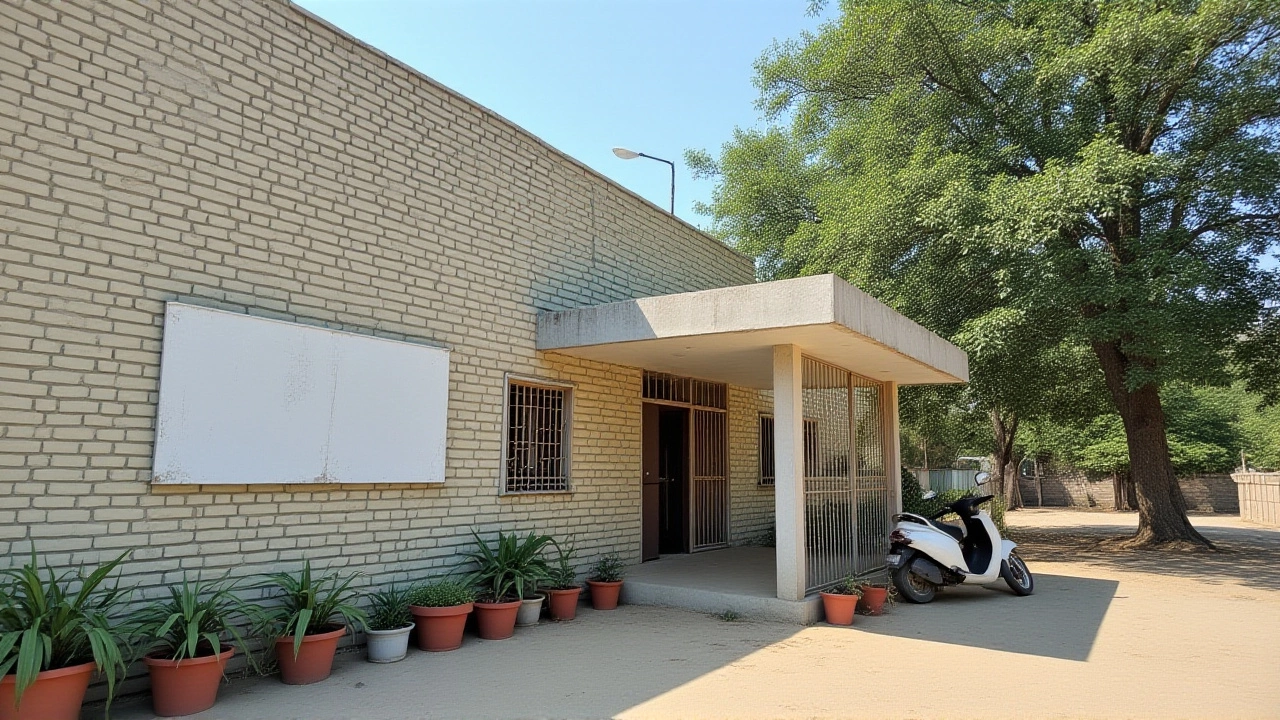Right to Education Act – Key Facts, Impact, and Latest Updates
When you look at Right to Education Act, the 2009 legislation that guarantees free and compulsory schooling for every child aged 6‑14 in India. Also known as RTE, it aims to remove barriers such as tuition fees, inadequate classrooms, and discrimination.
Understanding the Right to Education Act helps policymakers and parents alike.
The act’s success depends on government funding, regular budget allocations for school buildings, teacher salaries, teaching‑aid materials, and maintenance. Without reliable funding, schools struggle to meet the mandated standards for infrastructure, which include safe drinking water, toilets, and child‑friendly classrooms. Another cornerstone is child rights, the legal guarantee that every child can access quality education without discrimination based on gender, caste, or economic status. These rights push states to monitor enrollment numbers, track dropout rates, and enforce admission of out‑of‑area students, known as the 25 % quota.
Implementation also touches on teacher quality and school management. The act stipulates a minimum teacher‑student ratio of 1:30 for primary grades and requires teachers to have at least a graduate degree in education. Public schools must adopt continuous assessment methods to gauge learning outcomes, while private schools receiving government aid must reserve seats for economically weaker sections. In practice, states like Kerala and Tamil Nadu have reported higher literacy gains, whereas others still grapple with low enrollment, especially in remote tribal areas. The act drives the creation of neighborhood schools, reducing travel distance and encouraging higher female attendance.
Beyond funding and rights, community participation shapes outcomes. School Management Committees, composed of parents, teachers, and local officials, oversee compliance, report irregularities, and help allocate resources efficiently. When these committees function well, schools see better attendance, lower dropout rates, and improved learning environments. Conversely, weak oversight can lead to misuse of funds and persistent gaps. The act also interacts with other policies such as the Mid‑Day Meal Scheme and digital education initiatives, forming a network of support that boosts overall school performance.
Below you’ll find a curated collection of articles that dive deeper into how the Right to Education Act is being interpreted, the latest government budget allocations, success stories from different states, and practical guides for parents navigating school admissions. These pieces will give you a clearer picture of the act’s real‑world impact and what’s next on the policy agenda.

Over 1,600 Private Schools Cited for RTE Admission Violations in Haryana, Gujarat & Punjab
Over 1,600 private schools in Haryana, Gujarat and Punjab face show‑cause notices for breaching RTE admission rules, threatening free education for thousands of EWS children.
Read More